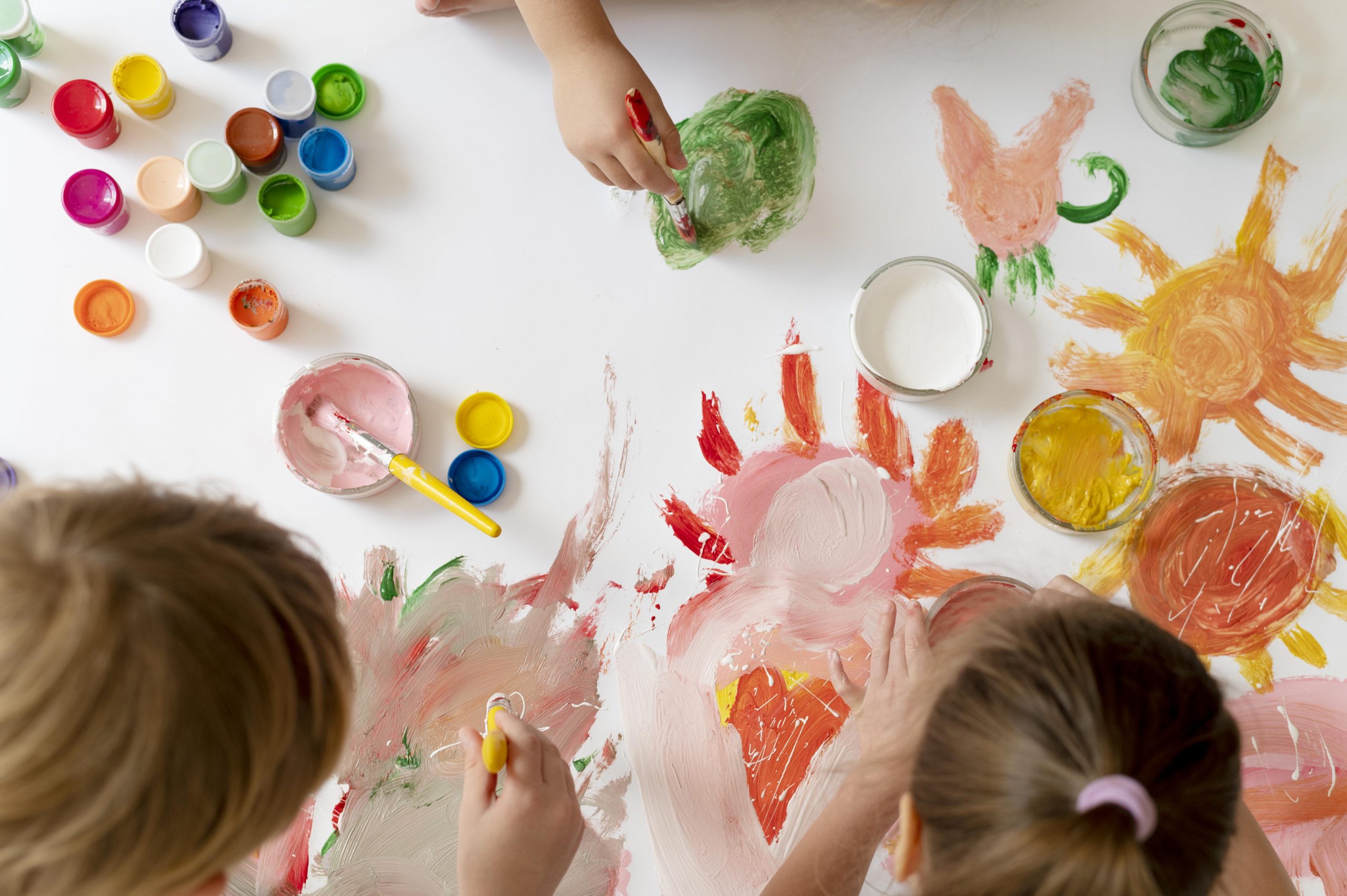By Yeo Sue-Ann, Lecturer cum Programme Leader, School of Education, MPU and Language
Life in the 21st century increasingly requires us to exercise more creativity to think outside the box and innovate. As educators, we also try our best to foster creativity in the classroom. However, at the same time, there is a struggle for young students to hone critical thinking and creativity skills. Hence, how can we, as educators, continue to foster a sense of creativity in our students? A suggestion lies in taking a closer look at the Big Five personality theory by psychologist Lewis Goldberg.
According to the Big Five theory, personality is made up of five fundamental traits which are extroversion, conscientiousness, agreeableness, neuroticism, and openness (see table below). The Big Five Model states that each personality trait is on a spectrum and that every individual can be ranked high, low, or average for each trait.
| Trait | Characteristics |
| Extroversion | Characterized by assertiveness and sociability. |
| Conscientiousness | Characterized by good impulse control and goal-directed behaviours. |
| Agreeableness | Characterized by kindness and prosocial behaviours. |
| Neuroticism | Characterized by moodiness and emotional instability |
| Openness | Characterized by imagination and enjoyment of new experiences. |
Looking specifically at the trait of openness and creativity, research has found that high levels of creativity are correlated to high levels of openness. Individuals with high openness like to seek out new experiences and try new things. They are adventurous and are usually more open to things that are unknown to them. On the other hand, Individuals with low openness are more cautious and prefer consistency. They tend to prefer routines and may find it hard to adapt to new changes in their environment.
In the field of early education, it is quite common to see children scared and reluctant to try something (especially if they had a bad experience before). Also, some children might avoid trying a new activity altogether as they feel anxious about their performance. Fear is a common response when facing new challenges or experiences. As a result, these children miss out on many opportunities. However, more importantly, they become restricted from expanding their divergent thinking and creativity skills. With that, how can teachers encourage children to be more open to new experiences?
Three strategies to encourage openness in children:
- Be supportive of the process and not the outcome.
Children might be afraid to try new things due to many factors such as past experiences, low confidence, upbringing and more. We can help to encourage children by putting emphasis on the process rather than the outcomes. By praising children for the efforts that they have made when trying out a new activity, we can show them that “success” is not measured by outcomes and performance. This will in turn help children to be more accepting of new experiences.
- Listen, and ask the right questions.
When talking to children about trying new things, make it a two-way discussion where children can also share their opinions. Listen to their worries and help them to put their fears into perspective by asking questions like, “What is the worst thing that can happen?” and “How can you become stronger from that?”. We can also ask questions like, “Is there anything that used to be hard but is now easy?”. Questions such as this can help children to be aware that every skill and experience gained were new at a certain point in time.
- Encourage problem-solving in a safe space.
We want children to have a safe space to share their opinions and teachers can provide a nurturing environment in their classrooms to allow for respectful discussions. But, at the same time, we can share counterarguments and different perspectives with children as well. This is to encourage divergent thinking and problem-solving skills in children. It is important to let children know that there may be multiple solutions to one problem. Helping children to see from different perspectives can encourage them to be more open to new ideas and experiences.
To sum it up, “Creativity has always depended on openness and flexibility, so let us hope for more of both in the future.” – Siri Hustvedt

